Caution: Do not move the vehicle until a firm brake pedal is obtained. Air in the brake system can cause the loss of brakes with possible personal injury.
Caution: Remove all the air from the hydraulic brake system anytime the hydraulic brake system is opened for repair. The entire bleeding procedure must be followed. Failure to remove all the air in the hydraulic brake system will result in reduced braking performance and possible personal injury.
Caution: Refer to Brake Fluid Irritant Caution in the Preface section.
Caution: Refer to DOT 4 Brake Fluid Caution in the Preface section.
Notice: When adding fluid to the brake fluid reservoir or to the clutch fluid reservoir, use only Super DOT-4 or equivalent DOT-4 brake fluid from a clean, sealed container. This polyglycol brake fluid is hygroscopic and absorbs moisture. Do not use fluid from an open container that may be contaminated with water. Improper or contaminated fluid could result in damage to the system components.
Notice: Refer to Brake Fluid Effects on Paint and Electrical Components Notice in the Preface section.
Important: Bleed the hydraulic brake system in the following sequence:
If air enters the master cylinder, the BPMV, or the pipes between the master cylinder and the BPMV, bleed the system at the master cylinder, the 4 bleeder valves, and the BPMV.
If you replaced the electronic brake control module (EBCM), bleed the system at the 4 bleeder valves.
If you disconnected a brake pipe or a fitting between the BPMV and the wheels, bleed the system at the bleeder valve served by the brake pipe or fitting.
If you disconnect a brake pipe or a brake hose at only 1 wheel, bleed the system at the bleeder valve for that wheel.
Master Cylinder On-Vehicle Bleeding Procedure
- With the ignition switch in the OFF position and the brakes cool, press the brake pedal several times in order to deplete the vacuum assist system reserve.
- Clean the following components:
- Place a container or a shop cloth under the master cylinder in order to catch the brake fluid.
- Remove the reservoir cap.
- Remove the reservoir cap seal.
- Fill the master cylinder reservoir with GM Vehicle Care® Brake and Clutch Fluid Super DOT-4, GM P/N 88958860 (Canadian P/N 88901244), or equivalent DOT-4 brake fluid. Refer to Master Cylinder Reservoir Filling .
- Install the reservoir cap seal.
- Install the reservoir cap.
- Loosen the flare nut for the front brake pipe in order to purge air from the master cylinder.
- Allow the brake fluid to drip from the connection for approximately 1 minute.
- Reconnect the brake pipe to the master cylinder.
- Have an assistant slowly push and maintain pressure on the brake pedal.
- Loosen the flare nut in order to purge the air from the master cylinder.
- Tighten the flare nut.
- Have the assistant slowly release the brake pedal.
- Wait 15 seconds.
- Verify the brake fluid level is correct. Refer to Master Cylinder Reservoir Filling .
- Repeat this procedure until all of the air is purged from the master cylinder.
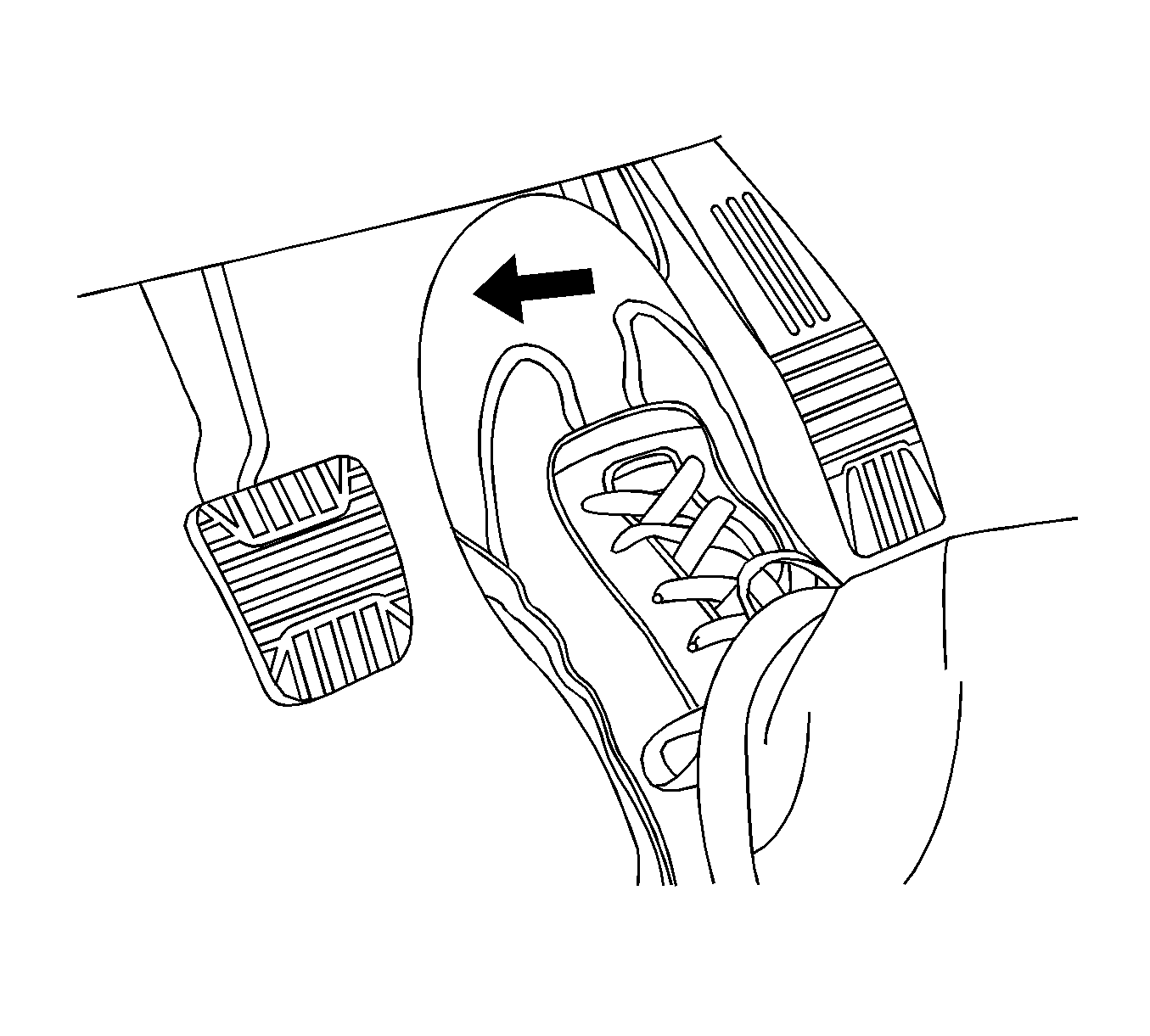
Important: Avoid rapid pumping of the brake pedal.
| • | The brake fluid reservoir cap |
| • | The brake fluid reservoir |
| • | The master cylinder |
| • | The brake pipes around the master cylinder |
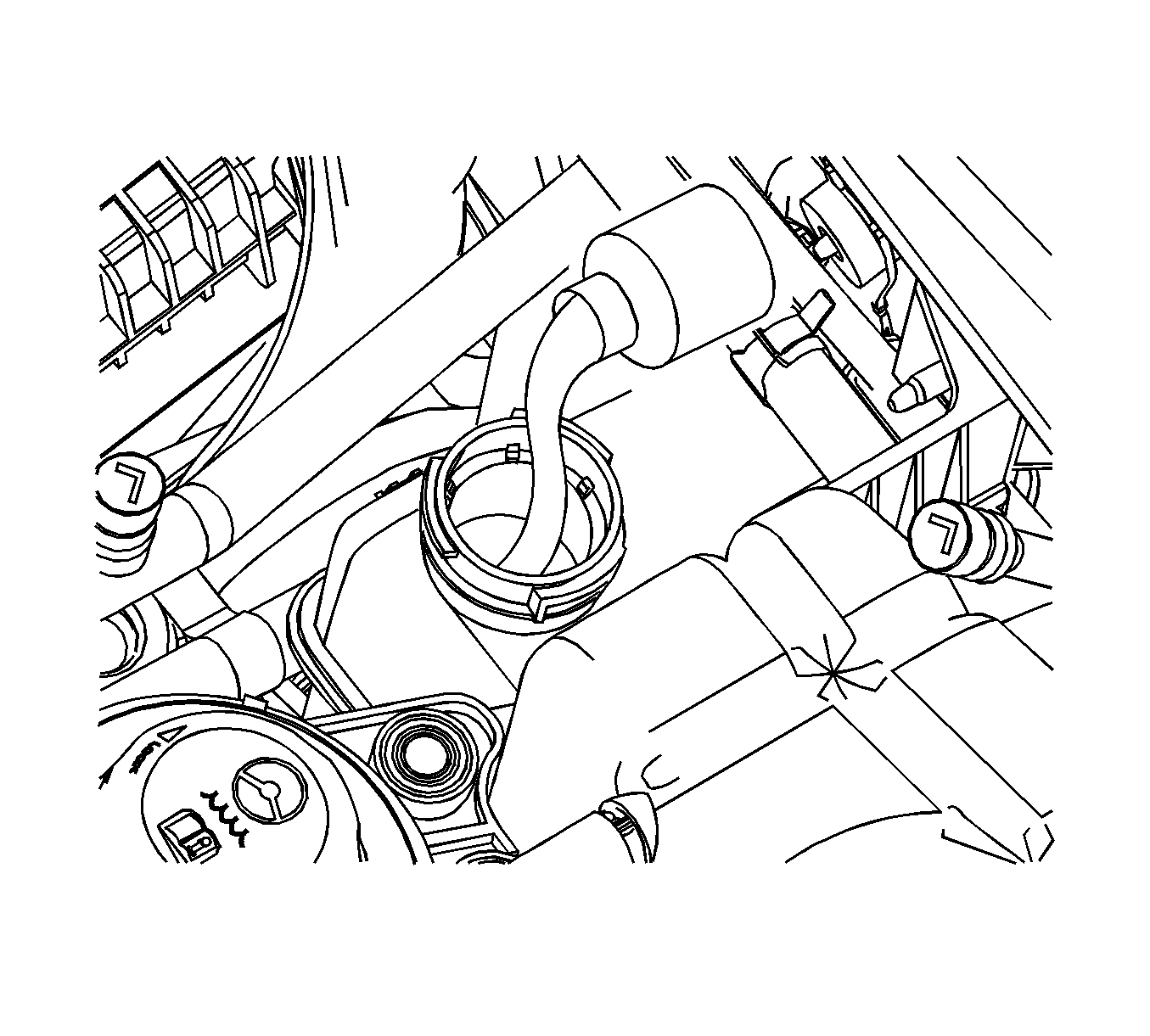
Important: Keep the master cylinder reservoir at least one-half full during the bleeding procedure.
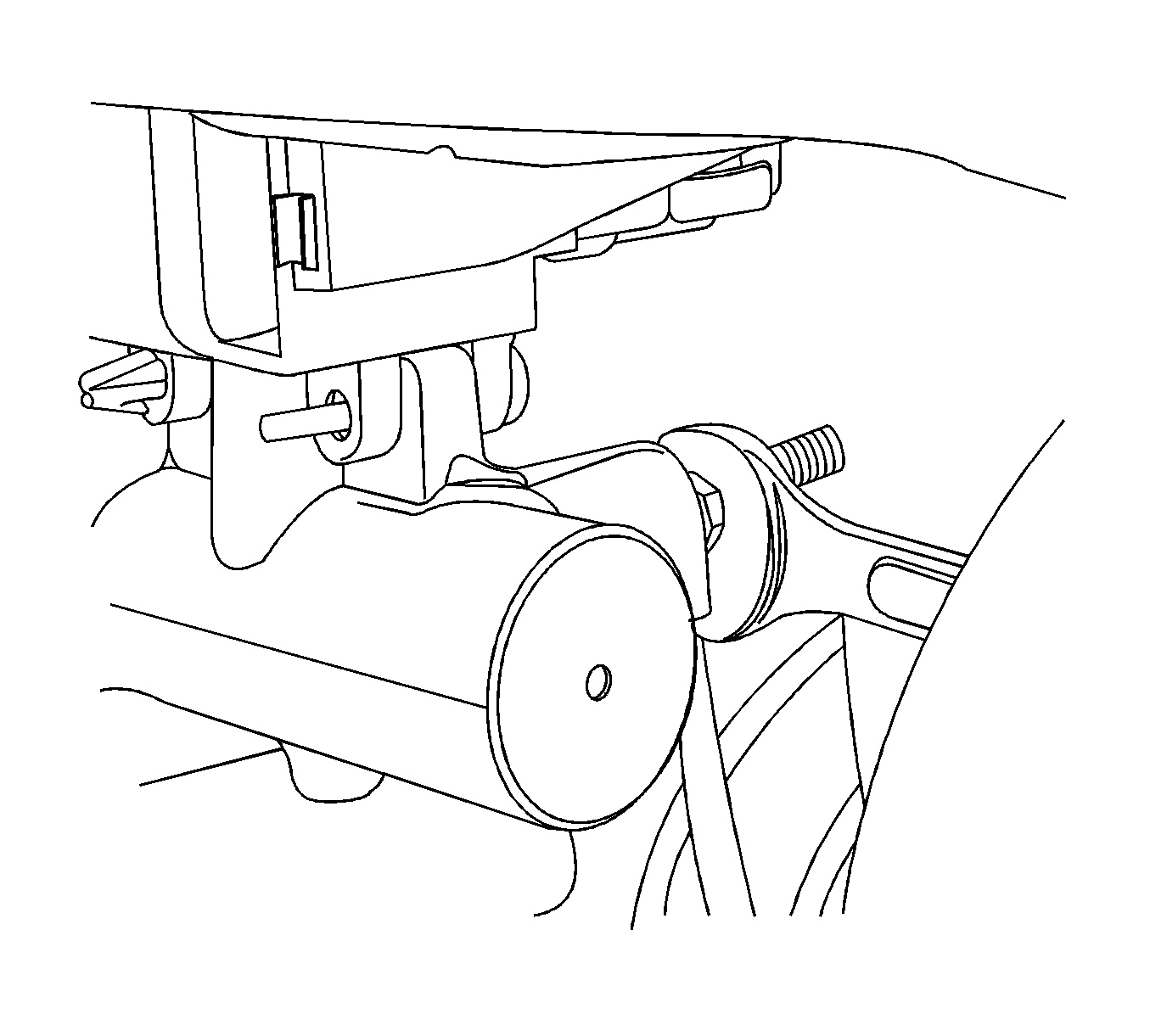
Notice: Refer to Fastener Notice in the Preface section.
Tighten
Tighten the flare nut to 16 N·m (12 lb ft).
Manual Bleeding Procedure
- With the ignition switch in the OFF position and the brakes cool, press the brake pedal several times in order to deplete the vacuum assist system reserve.
- Clean the reservoir cap.
- Verify the brake fluid level is correct. Refer to Master Cylinder Reservoir Filling .
- Remove the bleeder valve cap.
- Place the bleeder valve wrench on the bleeder valve.
- Attach a transparent hose over the bleeder valve. Submerge the other end of the hose in a transparent container partially filled with DOT-4 brake fluid.
- Have the assistant slowly press the brake pedal and maintain pressure on the brake pedal.
- Loosen the bleeder valve in order to purge the air from the hydraulic circuit.
- Close the bleeder valve.
- Have the assistant slowly release the brake pedal.
- Wait 15 seconds.
- Verify the brake fluid level is correct. Refer to Master Cylinder Reservoir Filling .
- Repeat this procedure until all of the air is purged from the hydraulic circuit.
- Remove the hose from the bleeder valve.
- Tighten the bleeder valve.
- Remove the bleeder valve wrench from the bleeder valve.
- Install the bleeder valve cap.
- Verify the brake fluid level is correct. Refer to Master Cylinder Reservoir Filling .
- If necessary, bleed the BPMV. Refer to Antilock Brake System Automated Bleed Procedure .
- Slowly press and release the brake pedal. Observe the feel of the brake pedal.
- If the brake pedal feels spongy, repeat the bleeding procedure.
- Inspect the hydraulic brake system for external leaks. Refer to Brake System External Leak Inspection .
- Turn the ignition switch to the ON position with the engine OFF. Inspect the instrument cluster.
- If the brake system warning lamp remains illuminated, refer to Symptoms - Hydraulic Brakes .

Important: Avoid rapid pumping of the brake pedal.
Important: Keep the master cylinder reservoir at least one-half full during the bleeding procedure.
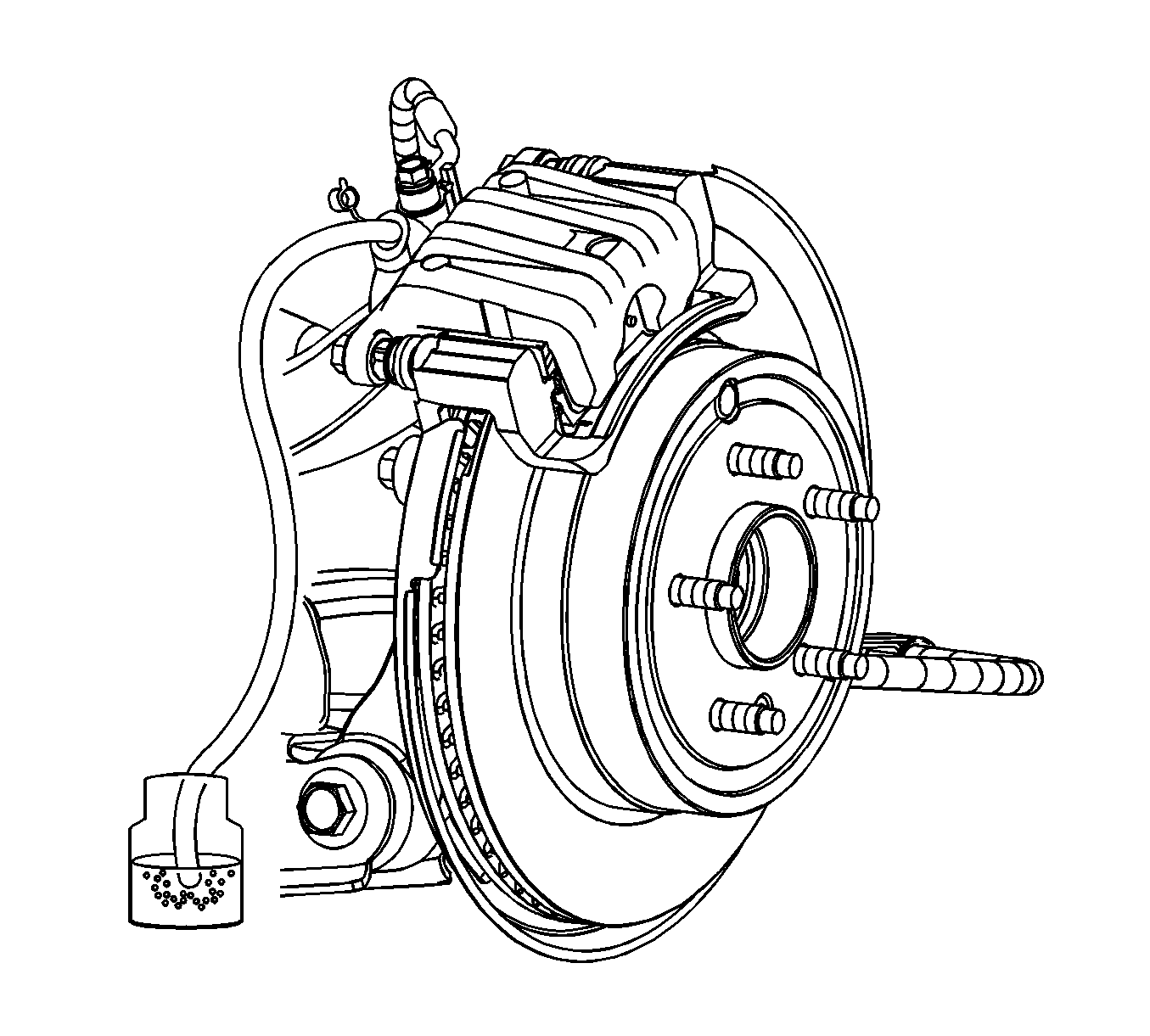
Tighten
Tighten the bleeder valve to 6 N·m (53 lb in).
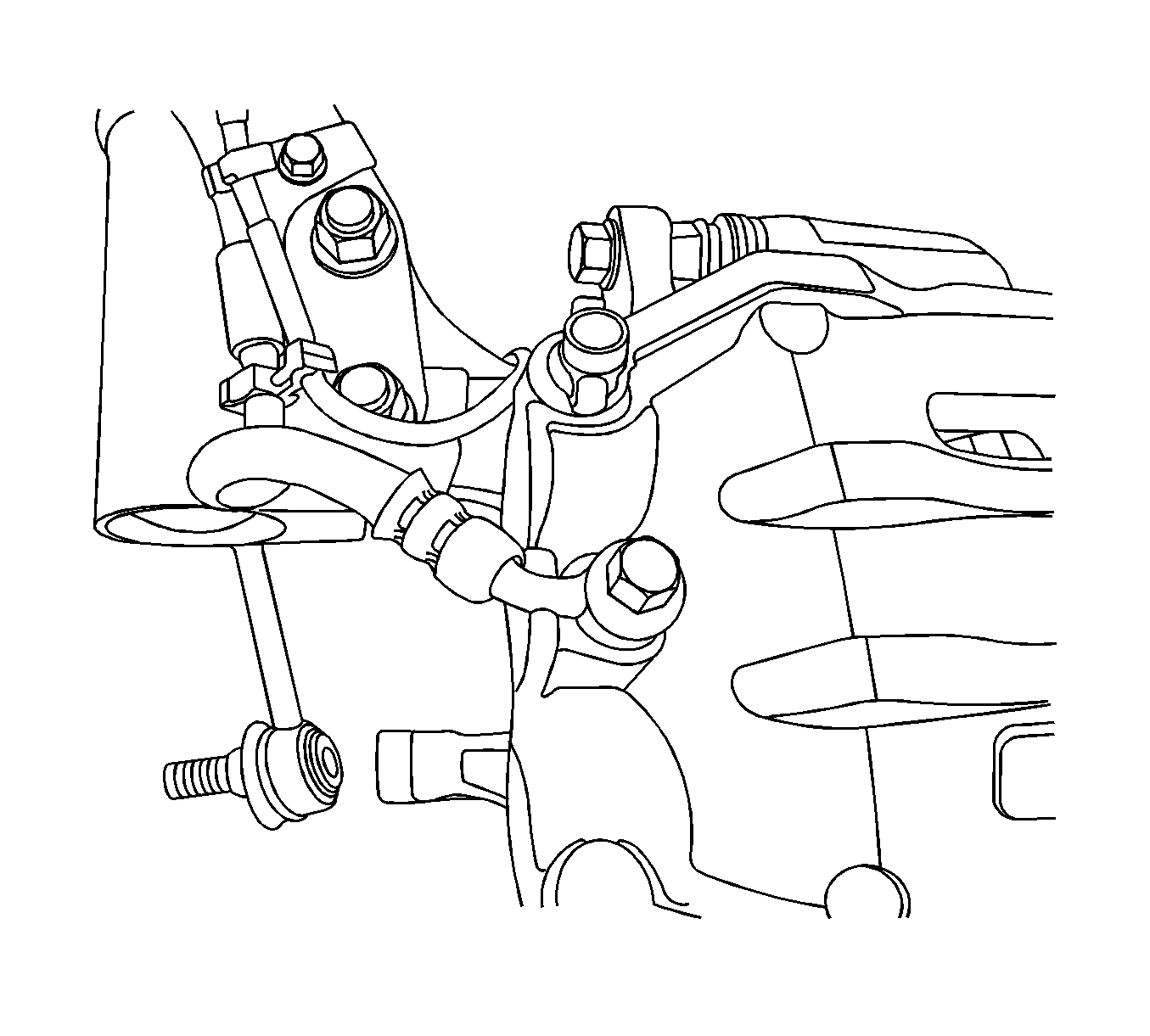
Tighten
Tighten the bleeder valve to 6 N·m (53 lb in).
